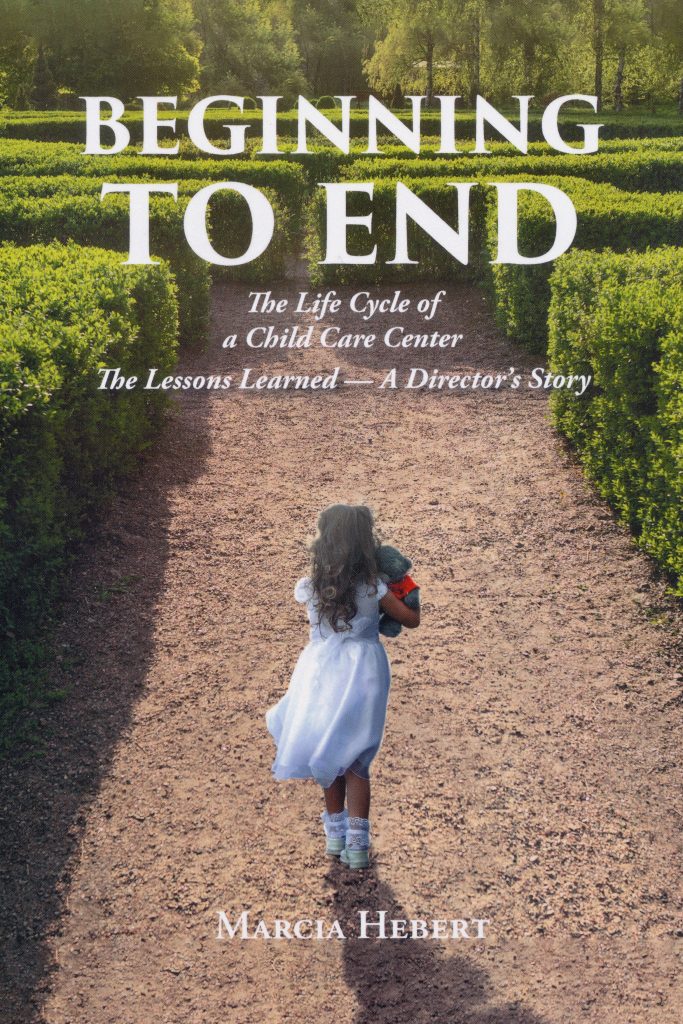
How do you know when you’ve arrived, if you don’t know where you’re going?
A really good question, especially if you are the one in charge, the manager, the director, the leader of the organization. Quite often, it’s a question unasked. Sadly, many of us squander our precious time, energy, and resources spinning our wheels—day after day, year after year just going through the motions and dealing with those things that demand our immediate attention. This will get us through the moment and maybe longer, but there is no real satisfaction of accomplishment. We feel pushed and pulled in many directions, and not in control—usually reactive, often playing defense. Does this sound familiar?
It doesn’t have to be this way.
Most leaders of successful early childhood organizations have a vision for where they want to take their organizations. They have planned it in their heads, and then on paper—as their mission statement, and their philosophy. And it all comes from their deep beliefs about the children, their parents, and their team. What will our early childhood program look like? sound like? feel like to the children, to their parents, and to the teachers? The answers will be your vision. This destination will be easily shared with everyone on the team. People will know where they’re going. The bigger questions will be, how will we get there? followed by, how will we do this? And you’ll have those answers, too.
So how do we directors begin? With the end in mind.
Visualize what your program will be like when it is running the way you would like it to run— in as much detail as you can dream up. Really see the end result of your work. Sketch, write—whatever gets your creativity going. Take your time and think about everything that matters in the course of a day, week, month, year.
I visualize walking through the front door—and my first impressions have everything to do with how the entry looks and feels. Is it inviting and warm? or chaotic and messy? What do you want your first impression to be? Then, walk into each classroom and note—how do you want to feel in each space? (Include the hallways, stairs to the second floor, doors and windows, and then the individual classrooms.) Use every sense—what do you see, hear, touch, smell? (well, maybe not taste) Visualize you as well in this scenario. Are you calm and peaceful? organized and ready for anything? Think about your office space. Is it welcoming? Is your door more open than closed? Think about how you would like your teachers to be—in their classrooms with their children; working in their teams. Are you looking for creativity, passion, energy, professionalism, fun, and enjoyment in your teachers? In your vision, will parents enjoy your program for their children? will they be partners to your teachers? will they feel welcomed and respected? Will you build a comfortable community between all people in your program? (the short and tall) And then, visualize the environment— what kinds of furniture and materials are in the classrooms? Is there a softness, a warm inviting feel in the infant and toddler rooms? Are the preschool spaces filled with open-ended activity and interesting materials? Can the children explore and discover at their own pace? Is your curriculum emergent—that is, child-centered and child-driven? Think about everything, and make lots of notes as you create the place you want to build.
Along the way, pat yourself on the back, because you are taking control of your program. You are leading, and you are creating the solid foundation for your school that you and your team can build upon year after year. The foundation, the vision, will be in place.
In my new book, Beginning to End: The Life Cycle of a Child Care Center, I have devoted an entire chapter to this topic. I have given my real-life examples to help you write your own vision, your own mission statement, your own philosophy—and yes, I have shared my own beliefs about children, parents, and teachers, so that you can see how all of this fits together.
Take what resonates with you and begin to create your own destination. Everything else will fall into place once your foundation is built.
After a lifetime of being the director of four early childhood programs, and then consultant to many, many directors and their children’s centers, I have seen and experienced the tremendous value of creating a vision first. And, I wouldn’t do it any other way.
“If you can imagine it and you can visualize it, you can create it.”—Napoleon Hill
Check out Beginning to End: The Life Cycle of a Child Care Center—A Director’s Story at Amazon.com.
